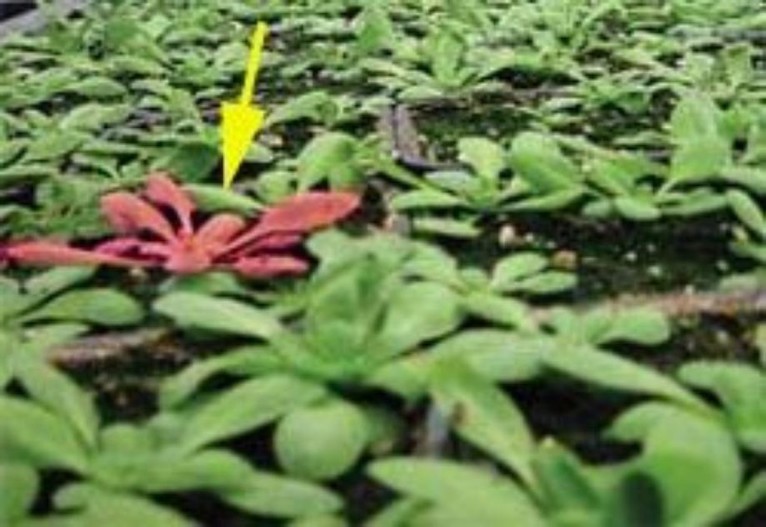Here’s the presentation I gave at CyborgCamp to kick off a discussion on the developing world, low tech cyborgs, and a “post-everything” world. I’ve integrated notes and external links/references into it.
Thanks to Mamaj and Cameron, Amber Case and the rest of the CyborgCamp organizers, and of course everyone who attended and participated in the session.
Left Behind: the Singlarity and the Developing Third World
Wikipedia:
The technological singularity is a theoretical future point of unprecedented technological progress, caused in part by the ability of machines to improve themselves using artificial intelligence
The ultimate step is the uploading of our consciousness to computers in space.
In other words, it’s “the rapture for nerds.”

(above: A cartoon from Pictures for Sad Children – I don’t share this detrimental view of nerds, but I agree with this bleak assessment of the singularity)
Compared to many parts of the world, in the west we’re already living in the singularity.
We can help people in the developing world with technology, and we can learn new things from the problems of the developing world.

(above: Rendille Home – Made of USAID Food Bags)
“The Sudden stardom of the third world city” was an essay by Rana Dasgupta that asked the question
Is it going too far to suggest that our sudden interest in books and films about the Third-World city stems from the sense that they may provide effective preparation for our future survival in London, New York or Paris?
Are the problems of the developing world going to be our problems soon? If so, what solutions can we begin to apply here?
To begin, let’s consider a popular urban legend. There’s a persistent rumor that NASA spent millions of dollars creating a pen that works in zero gravity, but the Russians just used a pencil. The story’s not true, but it’s a good design fable.
Here’s an example of someone going the NASA route:

Aresa Biodetection tried to create a species of plant that would change colors when planted over a mine. It was a great idea, and it was frequently cited by people at WorldChanging as an example of positive biotech. Unfortunately, it didn’t work.

The pencil solution? Instead of trying to create a new species of plant, Bart Weetjens’s using an existing species of animal: rats. The rats are too light to set of mines, and they can be trained to find them.
Two more examples of simple solutions:

Life Straw

Hippo Roller

So, some things we can learn. Justin Boland asks why all laptops don’t have hand cranks. I saw in the backchannel that the reason this was taken out of the XO is that they were constantly breaking – but I maintain that an external handcrank would be a useful feature for any laptop (but I think it would be annoying to have that huge crank on the side all the time).
What can we learn from how people are using mobile phones in the developing world? In many countries, mobile phone use has leapfrogged use of landlines and PCs and Internet.
Here are some ways mobile phones are being used:
Digital Currency (cell phone minutes used as alternative currrency – PayPal was originally intended to be a payment system for mobile devices)
Job hunting by SMS – what to do for people without access to Craig’s List (Kazi 560 from Mobile for Good)
HIV information by SMS (Project Masiluleke)
Agricultural market prices
Election monitoring
Disaster response

How can a cellular grid be powered without an electrical grid? Wind and solar powered cell phone towers. Why don’t we take our cell grid off the electrical grid?

Above: Engineers without Borders prototype $100 portable wind generator

A more grand scheme: an Ocean Thermal Energy Conversion project in Hawaii. John Craven claims his system creates electricity, free air conditioning, fresh water, and grows crops insanely fast. They are working to setup a facility in Saipan, but Craven asks what a facility like this could do for Haiti.

Another interesting project: the LifeTrac (here’s a reasoned criticism of the project, with another interesting example of innovative design for the developing world)
So what can you do?
You can build a system like one of the following:
Kiva
Pledgie
Nabuur
Or donate time or money to those projects.
Or, volunteer for FreeGeek, who turn the global problem of e-waste into a solution for bridging the local digital divide by training anyone who is interested to build computers from recycled parts.
Find out more
WorldChanging
My Heart’s in Accra
Afrigadget
Bruce Sterling
Brainsturbator










